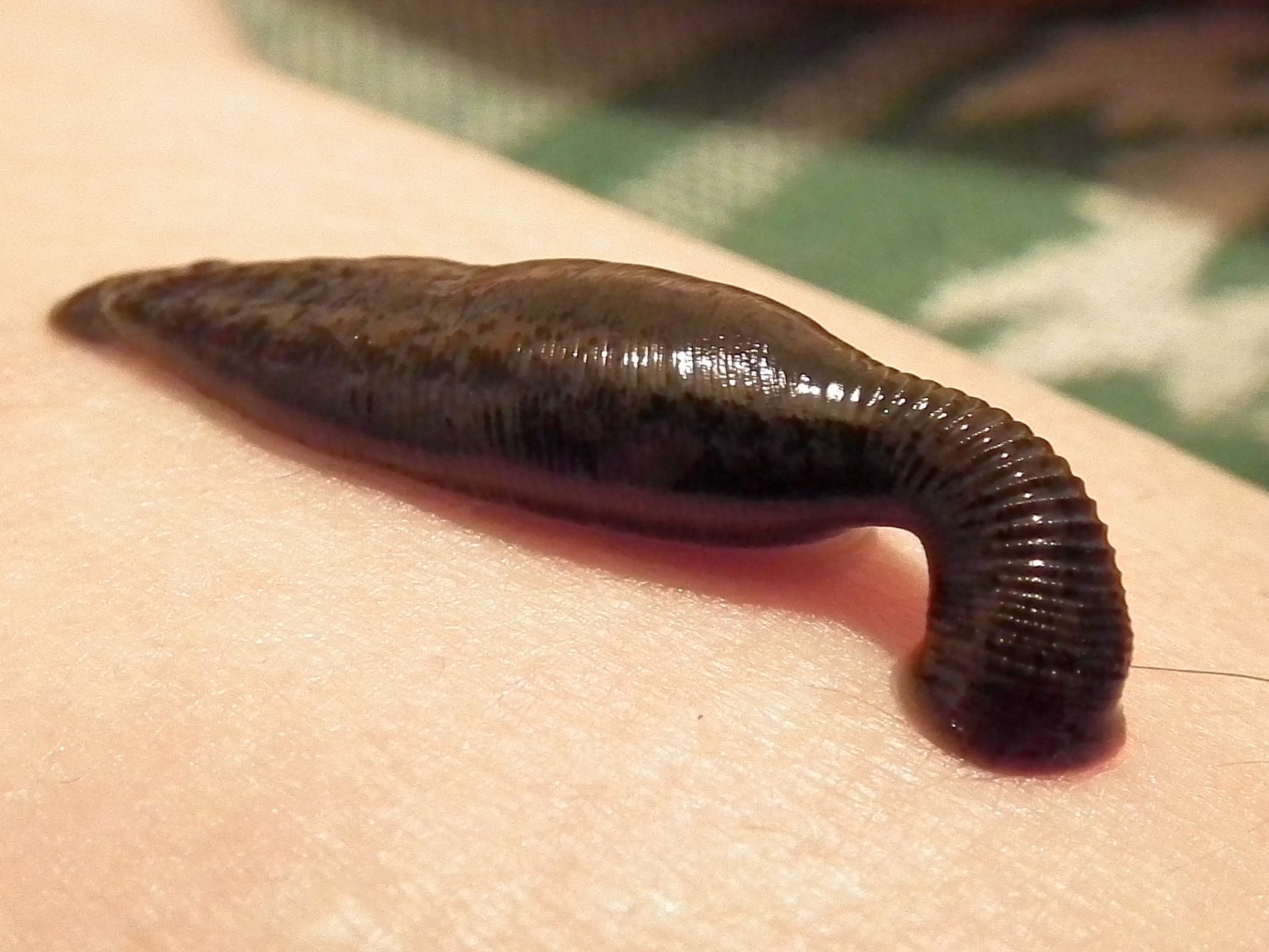
Environmental & Science Education
STEM
Health
Medicine
Nature of Science
Edward Hessler
Earlier I posted a note on the use of medicinal leeches after certain surgeries. Leeches are viewed as medical devices by the U. S. Food and Drug Administration (FDA).
I recently read an essay about a problem that occurred when leeches were used in wound healing. It is one that took quite a bit of work to understand and solve. It is also is a story of how science works to solve a complicated, multifaceted problem. First, a short review of why leeches are used in the first place.
The reason, as Eric Boodman reports in an essay in STAT (July 24, 2018), is that many of "these repairs invariably mean dealing with damaged veins (arteries are thick walled making them easier to suture). ... Sometimes after surgery, a team will notice that the harder half of that plumbing job failed. The arteries work, funneling in oxygen-rich blood, but the veins don't, leaving the fluid no escape. The skin grows dusky, swollen, and hard. If nothing is done, the tissue will suffocate and die, ruining the graft...." This can be followed by foul-smelling and pus-filled infections which is where leeches come to the rescue.
In 2012, following surgery for the removal of a facial tumor, an infection followed. The University of Iowa surgeons used leeches to clean up the wound. It appeared to be healing. However, shortly after, the wound became re-infected which puzzled them. I had not considered that leech guts just like ours are loaded with bacteria. To combat the possibility of infection from the leeches, patients are given an antibiotic before they are applied. In this case, this did not prevent the subsequent infection. It was learned that the offending bacteria (Aeromonas spp.) were resistant to the antibiotic.
The first thought was that the water in which the leeches were stored was contaminated with antibiotic resistant bacteria. None were found. This left one other possibility, antibiotic resistant bacteria in leech guts. However, there was no way for the attending physicians to determine that.
Later, a scientist studying animal-bacteria cooperation in leeches found that some "antibiotics had stopped working on the bacteria." So he turned to one of his Ph.D. students and asked her to find out what was going on. The story of how she did this shows incredible ingenuity, e.g., tying "a lasso around each parasite's neck, so it wouldn't vomit up its gut contents," and using a chain of evidence and reasoning to lead to new research.
In the end, she found a historical pattern. Genetic resistance markers from leech strains dating 2009 and 2011 were present "less than 1 percent." while "in 2013 and 2014 ... 95 percent of the leech strains had the resistance marker."
The suspect antimicrobial was not the expected culprit. Instead, a widely used veterinary drug was found, one that breaks down in the human body to become the antibiotic in question.
You must read the essay for details including how leeches are raised and changes in testing before they are shipped to hospitals. This includes international sourcing of leeches.
Finally, some perspective and reassurance. Boodman writes "in the grand scheme of things, this tale of Aeromonas is low on the list of microscopic worries. ... The surgical resident who saw the first patient in Iowa ... hasn't stopped using leeches. He's just switched away from (the antibiotic), and the infections have gone away."
Eric Boodman's essay is found here.

 CGEE Student Voice
CGEE Student Voice
No comments:
Post a Comment